REGISTRATION AND BOOKING: tickets are available HERE: Ticket prices: £95 for two days; £60 for one day.
KEYNOTE SPEAKERS: Dr Nadine Chahine (Type Designer); Ann Field (Marx Memorial Library, London); Professor Helen Smith (Director, Centre for Renaissance and Early Modern Studies, University of York)
PROGRAMME available HERE.
PLEASE NOTE THE CHANGE OF VENUE: Day One, G33 Small Lecture Theatre, School of Education, University of Birmingham; Day Two, Lecture Room 3, Arts Building, University of Birmingham
DESCRIPTION: This conference coincides with the centenary of the passing of the Representation of the People Act, which granted the right to vote to British women over the age of 30. Central to the campaign for female suffrage was printed material: pamphlets, posters, plays, fiction, poetry, flyers, banners and newspapers were all utilised in support of the suffragettes’ cause. This use of printing technology is indicative of the wider engagement of women with print culture throughout world history. This interdisciplinary conference seeks to recover the lives, work and impact of women who have been active in all aspects of printing and print culture, and to assess those contributions that may have been neglected or undervalued.
CONFIRMED SPEAKERS: Ann M Hale, Hidden Women/Invisible Owners: Female Shareholders in George Newnes Limited and Weldons Limited; Suzanne M. Stauffer, Marilla Waite Freeman: The Librarian as Literary Muse, Gatekeeper, and Print Culture Disseminator; Hannah Jeans, 'Her Book': Gender and Authority in Seventeenth-Century Marginalia; Chris Mourant, Beatrice Hastings: Writer, Editor, ‘Other’; Joseph Saunders, Widows, Wives and Daughters: Female agency and gender relations in the Early Modern English Book-trade, c.1623-41; Hannah Lyons, Letitia Byrne and the 'prejudice against employing women as engravers'; Dianne L. Roman, Women compositors, authors, and editors produce weekly Boston newspaper, 1836-57; Linda McGuire, When epistolary writing becomes public: Reading the correspondence of an exemplary Roman matron; Patricia Thomas, A Style of Typographical Beauty Rarely Attained: Elizabeth Heard, Printer at Truro; Elizabeth Resnick, Looking Beyond the Canon: Thérèse Moll; Sébastien Morlighem, A tale of two Elizabeths: renovating the Caslon foundry; Zsuzsa Török, Transnational Text Recycling. Scissors-and-Paste Journalism in the Hungarian Fashion Journal A Nők Munkaköre; Özlem Özkal/Ömer Durmaz, Women Who Printed Their Names: Other faces of print culture in Turkey from late Ottoman to early Republic. Christopher H Walker, Activity of women in sixteenth-century Paris book trades; Nicola Wilson, Women Workers at the Hogarth Press; Michelle Levy, The Female Authors of John Murray; Kate Moffat/Kandice Sharren, Recovering Eighteenth-Century Women in the Book Trades with The Women’s Print History Project, 1750–1836; Reese Alexandra Irwin, Elizabeth Newbery, Publisher and Bookseller in Her Own Right: A Case Study from the Women’s Print History Project, 1750–1836; Gail Chester, Bleeding Women: ‘Second wave’ feminist printers in Britain; Helen Williams, Ann Fisher and The Lady’s Own Memorandum or Daily Pocket Journal, From Production to Consumption; Helen Williams, Attitudes to women compositors among 19th century print trade unionists; Catherine Dixon, Vernacular values past and present: legacies of the typographic scholarship of Nicolete Gray; Fiona Hackney, Feminising the Public: women and commercial print culture in the 1920s and 1930s; Abbey Rees-Hales, 'A new erotic Renaissance threatens Germany': Lene Schneider-Kainer and the Dialogues of the Courtesans; Rose Roberto, Three nineteenth-century female women who contributed to Chambers’s Encyclopaedia; Roberta L. Dougherty, M[ada]me V[euv]e Dondey-Dupreì: New Light on a Parisian Bookseller and Printer of Oriental Languages; Helena Lekka, Women in type: a social history of women’s role in type-drawing offices, 1910–1990.
LIGHTNING TALKS: Rosa Smurra, Women's contribution to manuscript textbook production in thirteenth and fourteenth centuries: Bologna compared with other medieval university towns; Artemis Alexiou, ‘Women editors, proprietors, activists of the late nineteenth-century feminist periodical press: Henrietta Müller and the Women’s Penny Paper / Woman’s Herald (October 27, 1888 – April 23, 1892); Amy Clarke, Printing innocence: the publications and public influence of Margaret Caroline Rudd 1775-89; Shoshana Kessler, Printing as paratext? questions of authorship and authority in little magazines and small presses.
ALL YOU NEED TO KNOW
VENUE: Lecture Theatre, Arts Building. Edgbaston Campus, Birmingham. MAP.
ACCOMMODATION: There is a variety of accommodation close to the University. Details of University of Birmingham B&Bs can be found HERE. A very popular alternative is the lovely Woodbrooke Quaker Centre which provides a great B&B and is walking distance to the University. If you would prefer to be in the city centre, there are a variety of hotels to suit all budgets a selection of which can be found HERE.
TRAVEL: The University of Birmingham is accessible by train, bus, car, bicycle and on foot. Directions and maps can be found HERE.
VISIT BIRMINGHAM: If you have time to explore the city during your stay, then Visit Birmingham is a useful site for discovering the city and the region.

